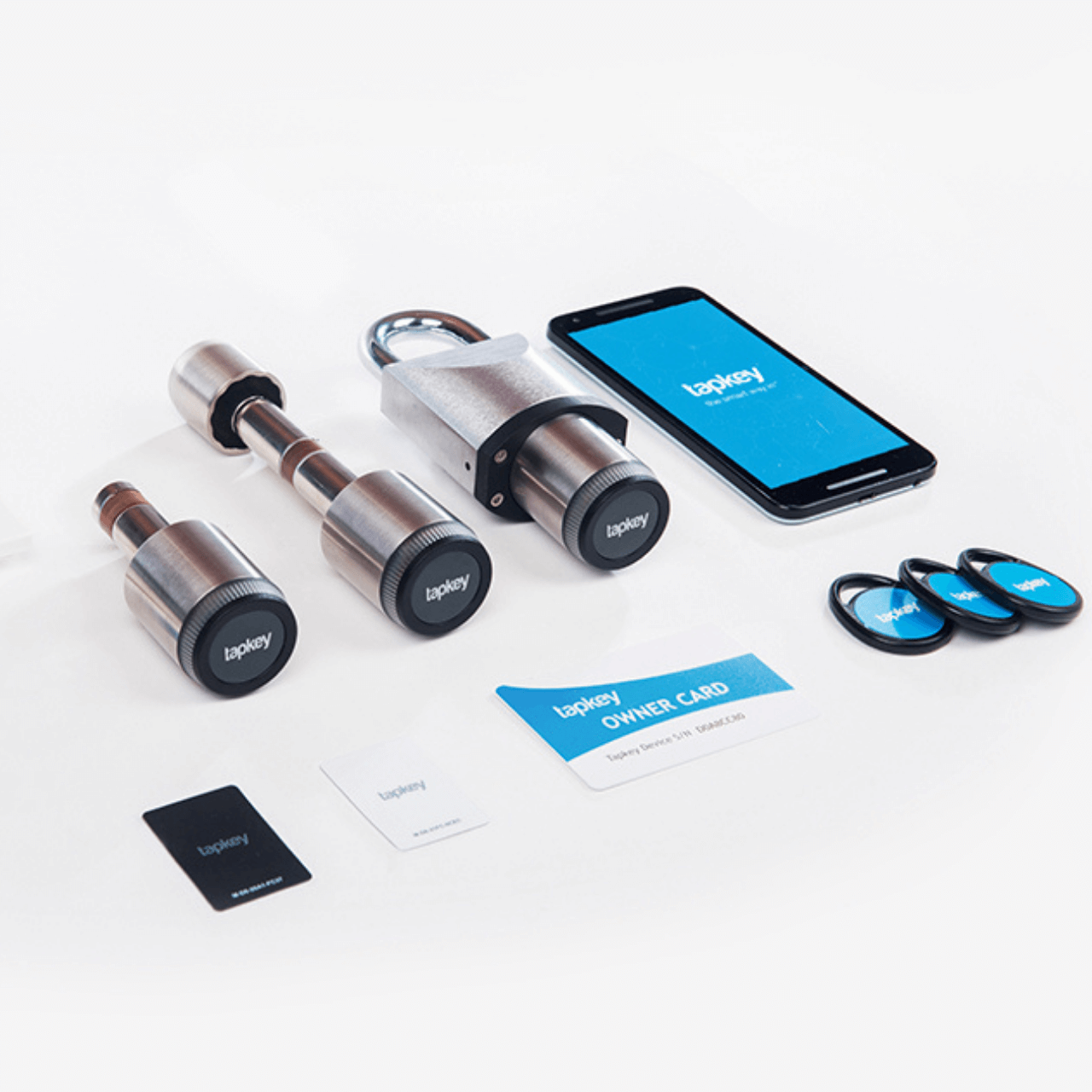Dive into our insightful interview with Lee Odess, an influential figure in the world of access control. In this enlightening conversation, we explore the dynamics of the access control industry, shedding light on the challenges it faces and vital knowledge every expert in this field should possess. Lee Odess shares his valuable insights and reveals the direction in which access control needs to evolve. Read more to uncover the secrets behind the ever-evolving world of access control and gain a deeper understanding of its significance in our modern society.
1. What are the three main challenges that the access control industry needs to face currently?
The first challenge is the ongoing digital transformation, disrupting the industry’s history. Previously focused on security, the industry now faces rapid and extensive changes. It’s not just the technical disruption, it’s impacting business processes, channels, communications, and various other aspects. It’s happening rapidly, widely and deeply.
The second challenge is demographic-related. The industry’s workforce is predominantly male and ageing, including myself. We face the dilemma of embracing digital transformation while being risk-averse and concerned about retirement. The question arises whether we have the motivation and energy to drive necessary changes. I would argue that most do not. And we don’t want to talk about that at all as an industry, but I think it does affect how adoption is happening in our industry.
The third challenge revolves around incentives. Large public companies, in particular, are driven by incentives tied to incremental growth through legacy products and technologies. It fosters a preference for maintaining the status quo. Overcoming these challenges requires strategic approaches, as they are not solely technical but deeply ingrained in human nature.
[We took a deeper look at this topic in a separate blog article – Find more insights here.]
2. What potential benefits could be achieved, and what needs to be considered in introducing more risk into the industry?
I strongly believe in the idea of calculated risk. Businesses should be open to adopting new products and rely less on outdated ones. My estimate is that we rely on old products about 95% of the time, and we only introduce 5% of new ones. My suggestion would be to make it an 80% vs. 20% split. It’s important to note that introducing a 20% risk does not threaten existing practices. Rather, it complements the conventional approach, fostering an “and” conversation instead of an “or” one. Opening up 20%, is appetite enough that you can still deliver on your 80%. What do we need to do? Encourage a culture that values innovation and risk-taking, and it will bring fresh perspectives and the forward-thinking mindset for long-term success. This way, the industry attracts talents who are eager to work with cutting-edge technology. Ideally, embracing risk leads to the generation of new revenue.
3. What are some common excuses made by industry professionals for not embracing change or adopting new solutions? And more importantly, how to overcome them in order to play a role in the future of the industry?
Common excuses are these three:
- “The customer doesn’t want it”: I know that in some areas this statement is true, but it often stems from a limited perspective or an echo chamber effect. To overcome this, it is crucial to explore new customer bases and channels, seeking diverse perspectives and considering emerging demands.
- “It’s not me, it’s someone/something else”: This excuse reflects a lack of self-awareness and a tendency to blame external factors, such as the manufacturer or integrator. Overcoming this requires introspection and taking personal responsibility for driving change and innovation.
- “I don’t have permission”: Many professionals feel restrained by a lack of empowerment and a risk-averse culture within their organizations. To address this, there is a need to push for a culture that values risk-taking, experimentation, and innovation at all levels. My opinion, to overcome this, keep pushing and surrounding ourselves with supportive individuals and celebrating successes can help foster a more open-minded environment.
4. How does the end-user perspective influence the need for change and innovation in the access control industry? What are their expectations and demands?
The first one is definitely security: Delivering security is the fundamental requirement for consumers. It is implicit in their expectations, and ensuring security should be the industry’s basic responsibility. But now we need to offer more than that. End-users now seek a positive and seamless user experience when interacting with access control systems. And much more, end-users increasingly expect the ability to make choices regarding the applications they use and the level of security and privacy they desire. Do they want to use an Apple Wallet? Do they want to use the building application? Whatever the customer needs, you need to provide it.
Resisting change and maintaining the status quo in the industry can have several potential consequences. These include: Dissatisfied customers, leading to missed market opportunities. To thrive in the industry, it is crucial for businesses to understand and address the expectations of end-users.
5. What are some potential consequences of maintaining the status quo and resisting change in the industry?
I like to compare this scenario with a riptide, where it’s calm on top and below the surface it’s just complete chaos. At some point, that chaos becomes the top. And I think that is what’s happening currently right now. The calm surface may hide underlying chaos that can eventually reshape the industry. If you resist the change, you may stay calm, grow your business a bit and be happy for a while. But at some point you will get disrupted. What happens next? You miss out on potential market opportunities. Or even worse: You become irrelevant in a rapidly evolving market.
6. What wil the access control of the future look like?
The future of access control goes beyond simply keeping people out. It involves a paradigm shift towards letting the right people in. Instead of a predefined identity, individuals will express their own identity to the building or space. The building will then authenticate, evaluate its policies, and make decisions accordingly. In this future vision, access control will be part of an integrated experience where movement and interactions seamlessly flow from one space to another. It goes beyond individual buildings and extends to connected cities, enabling a cohesive and responsive environment.
7. How important is the role of collaboration and partnerships in driving innovation and progress in the industry? Could you elaborate on some potential strategies or approaches?
Collaboration – inside and outside the industry – are going to be key. With the increasing complexity and fragmentation of software and hardware components, collaboration among industry players is crucial. Systems need to work together seamlessly and combine effort to develop interoperable solutions to meet customer expectations. Ultimately, we’re going to have to collaborate even in areas where there’s competition. Furthermore, breaking down geographical barriers is vital for the industry’s growth. Historically, local channels dominated the market due to offline marketing approaches and unique door opening requirements. However, with customers increasingly buying products online, it’s now possible to bring products from different regions without being seen as bespoke. Encouraging global collaboration can lead to diverse perspectives and market expansion, necessitating adaptations in communication channels as well. Lastly: We need to go deep into vertical solutions. By focusing on specific verticals, the industry can offer tailored solutions that address unique needs and challenges.
Thanks for your time.
Interview with Lee Odess |
Founder of Access Control Executive Brief

Lee Odess is a renowned access control influencer, thought leader, consultant, speaker, and author who dedicated his career to redefining the role of access technology in modern connected living environments. He provides a monthly Access Control Executive Brief, delivering comprehensive insights on smart locks, physical security, and access control.







Helpful Software for Fitness Operators
Smart apps and tools support us in managing [...]
Mehr lesenAug
Why DOM Security and Tapkey?
DOM, one of the largest lock manufacturers in [...]
Mehr lesenSep
Digitalisation of Access Control: Current Status and Outlook
Discover the progress and potential of digital access [...]
Mehr lesenOct
Integrate Mobile Access: It’s That Easy!
Tapkey can be integrated into locking products and [...]
Mehr lesenOct